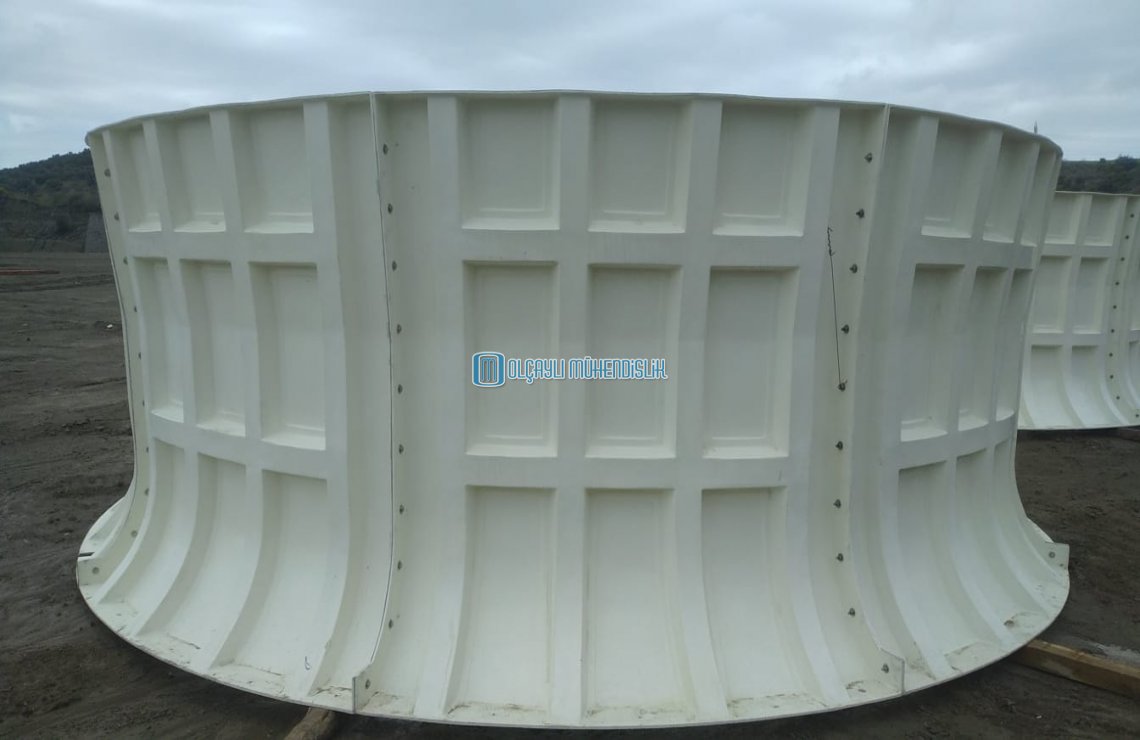Fan Stack



Why do we need a Fan Stack in a water cooling tower and how to calculate the appropriate size?
A fan stack, also known as an exhaust stack or discharge stack, is a vertical structure installed on top of the axial fan in a water cooling tower. It serves several important purposes:- Air Discharge: The fan stack helps direct the discharged air vertically upward, away from the ground and nearby structures. This vertical discharge reduces the potential for recirculation of warm air back into the cooling tower, ensuring that the cooling tower operates efficiently by drawing in fresh, ambient air.
- Noise Reduction: The fan stack can incorporate noise attenuation features, such as baffles or sound-absorbing materials, to reduce the noise generated by the fan during operation. By channeling the air and noise upward, away from ground level, the impact of noise on nearby areas or buildings is minimized.
- Aesthetics: Fan stacks can be designed to improve the visual appearance of the cooling tower. They can be constructed with architectural features that blend with the surrounding environment or the facility's design. To calculate the appropriate size of a fan stack, several factors need to be considered:
- Airflow Volume: Determine the airflow volume that the cooling tower's axial fan is capable of moving. This information is typically provided by the fan manufacturer and is measured in cubic feet per minute (CFM) or cubic meters per second (CMS).
- Discharge Velocity: Calculate the desired discharge velocity, which is the speed at which the air exits the fan stack. The discharge velocity is crucial for preventing recirculation of warm air back into the cooling tower. Common discharge velocities range from 300 to 600 feet per minute (91 to 183 meters per minute).
- Cross-Sectional Area: Use the formula: Cross-Sectional Area=Discharge VelocityAirflow Volume
- Stack Height: The stack height should be sufficient to allow the discharged air to disperse and avoid recirculation. It should also consider any local regulations or standards related to the dispersion of warm air and noise pollution.
- Noise Attenuation: If noise reduction is a concern, the fan stack design may need to incorporate noise attenuation features. Consult with acoustic engineers to determine the appropriate noise reduction methods and their impact on stack size and design.
